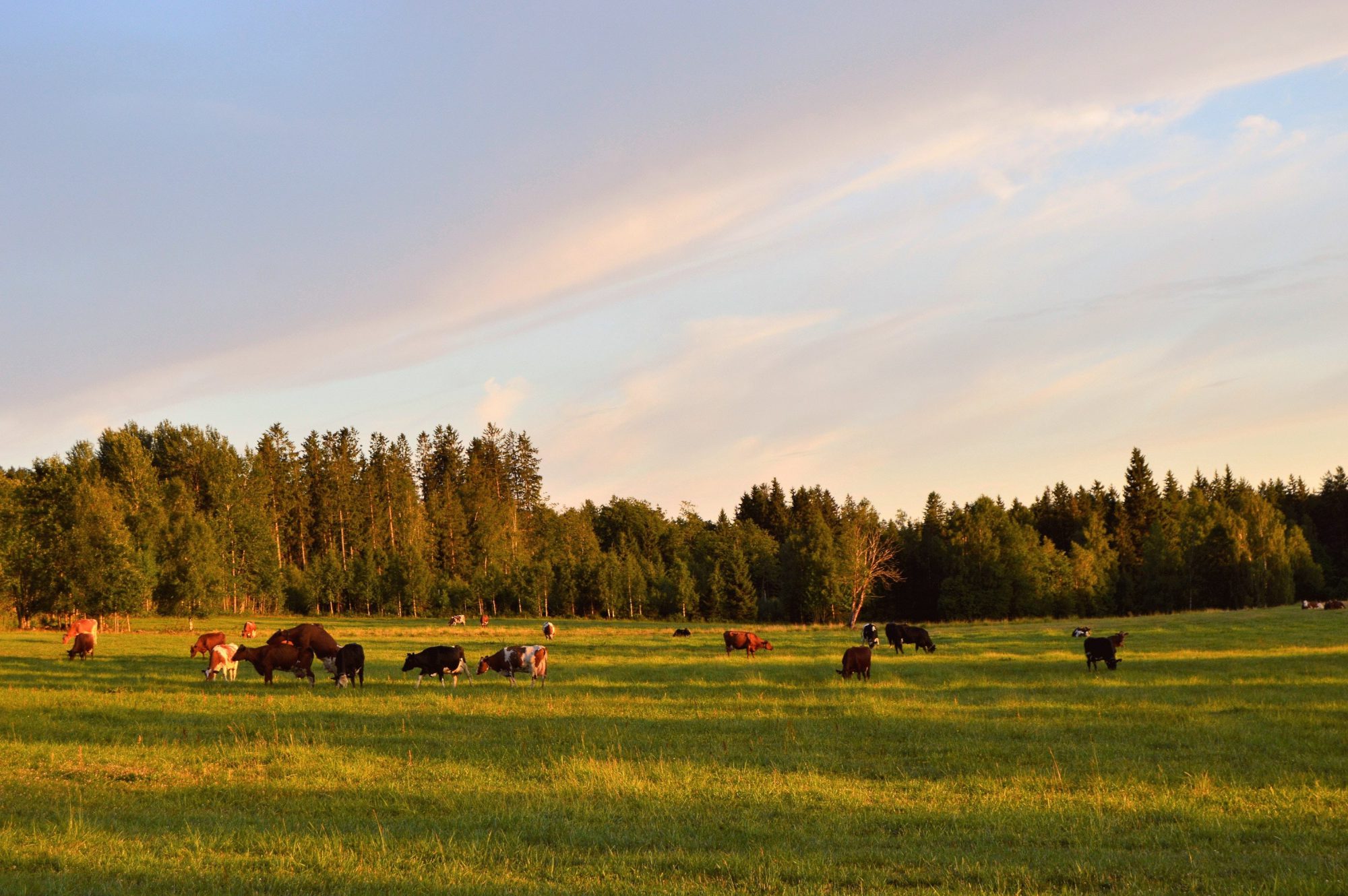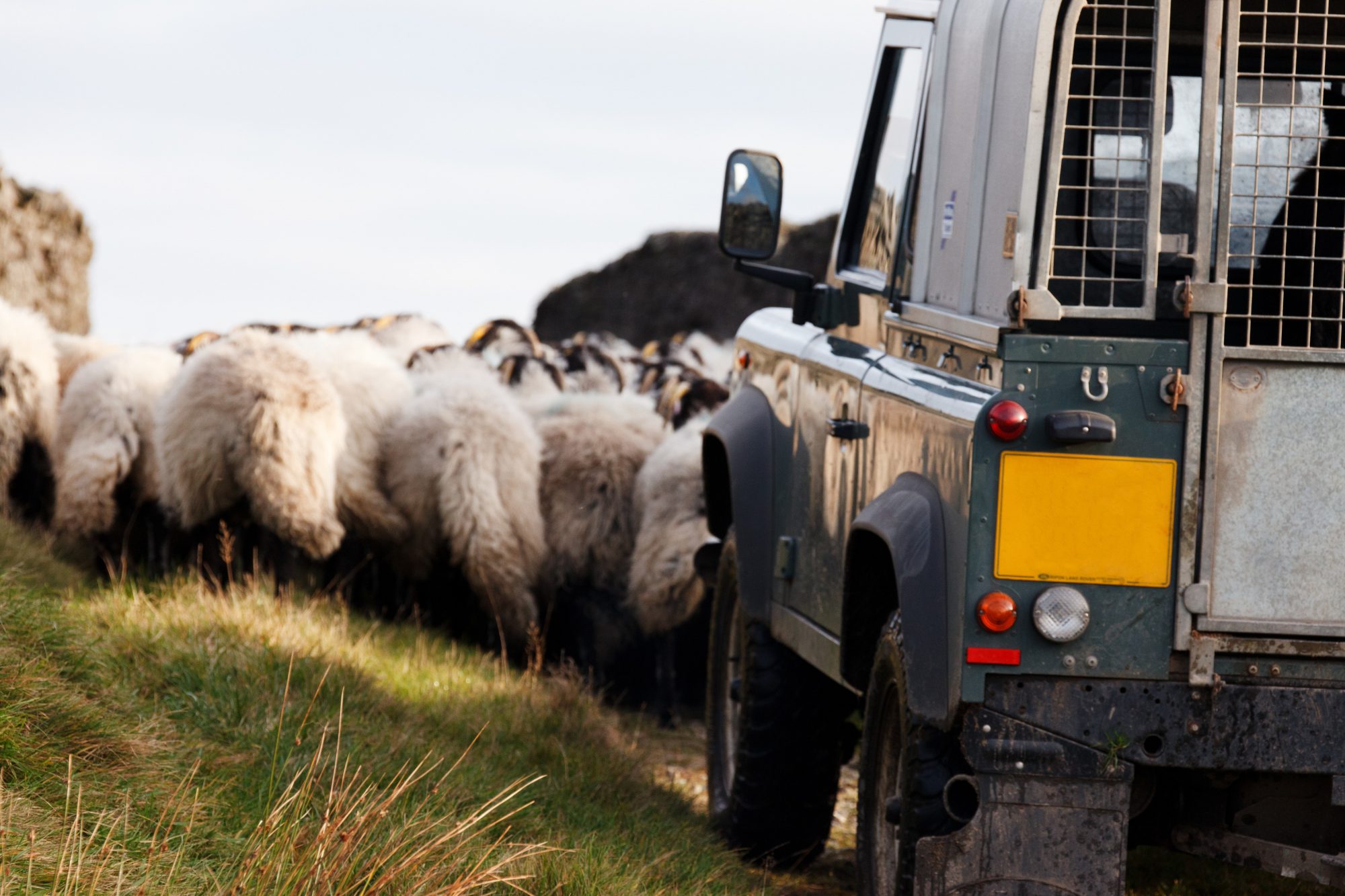Reducing the administrative burden on farmers and providing increasingly granular data to populate Greenhouse Gas (GHG) models is now a core activity for Map of Ag as it continues to develop its industry leading Pure Farming data platform.
With an ever-increasing focus on environmental sustainability within food supply chains, Map of Ag has been developing mechanisms to help their customers use existing datasets to populate models that measure the GHG footprint of a farm.
There are many models within the marketplace and the majority of these rely on a high level of manual data input from farms to provide information on their enterprises, including input usage, current production levels on farm and historical output.
But there are detailed datasets already in existence within the farm data ecosystem that provide a high level of granularity on these exact areas. Examples include the British Cattle Movement Service, Fertiliser Application Records or Monthly Milk Cheque information. Automating the capture of this data into GHG models has the potential to save farmers and their advisors hours of manual data entry.
And that’s exactly what Map of Ag has been doing: bringing this data together, and with the appropriate permission from the farm, populating the relevant data fields required to run GHG models.
“Improved accuracy of the data inputs to models leads to more reliable data outputs, through the use of trustworthy granular datasets.” Hugh Martineau, Map of Ag’s Head of Sustainability, explained.
“Through our Pure Farming technology, we are able to reduce the administrative burden on the farmer by avoiding data entry duplication and allowing farms to permission existing datasets for specific purposes.” Mr Martineau continued.
To date Map of Ag has supported clients in this area within the beef, dairy, pork, sheep and arable sectors, and has developed a sustainability product development roadmap which will see continued progress to help generate the relevant insights via its Pure Farming platform.
A key area of focus for the next six months will be using the data to help with scenario planning through the development of a tool to help understand the impact of specific mitigation strategies on farm.


